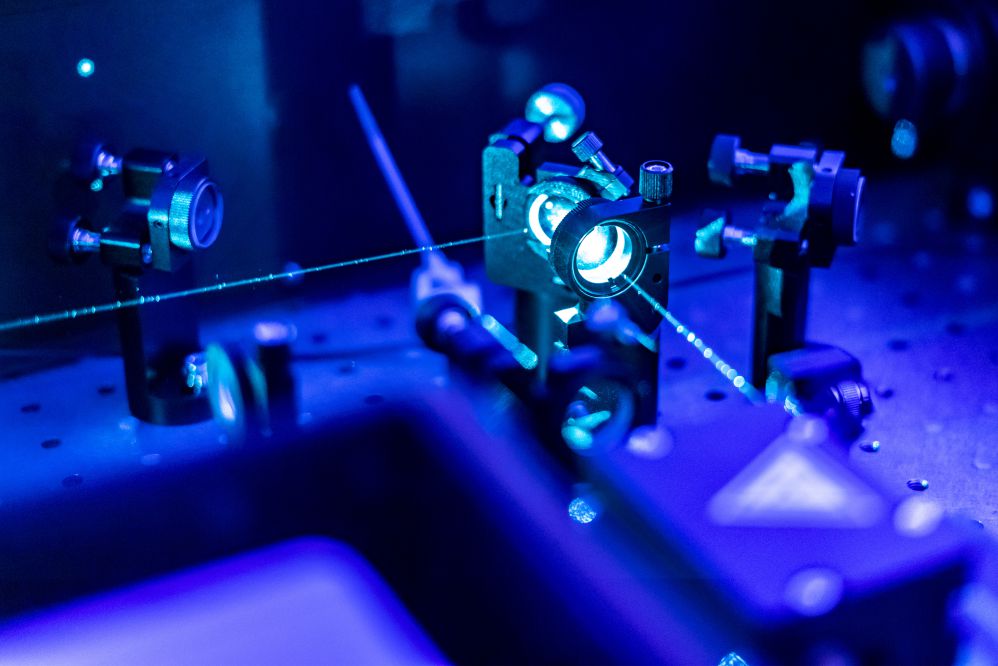
Laser cleaning is one of laser’s many applications. The process is based on laser ablation, i.e. the removal of a portion of material from a surface. Ablation is at the basis of all common laser processes: cutting, drilling, engraving, marking.
While the purpose of these processes is to create cuts, holes or marks in the material, the aim of laser cleaning is to remove dirt particles from a given surface.
Laser cleaning of industrial moulds
The production process of thermoplastics is an example of an industrial laser cleaning application. The main production method for these materials is moulding. At the end of the production process, the moulds need to be restored to their original state. This step is crucial because the quality of the final part depends on it. The presence of material residues, or other debris, affects the final quality of the parts.
Traditionally, the cleaning process is carried out using one of three techniques: dry ice blasting, ultrasonic cleaning or manual cleaning. Each has both advantages and disadvantages.
Dry ice cleaning consists of directing a high pressure jet of dry ice onto the mould. The ice penetrates the mould cavities and removes residues. The operation is carried out by an operator who directs the jet onto the areas that need to be cleaned. The advantage of this technique is that it can be used directly in the production line. However, it is not an environmentally friendly method since it requires the use of large quantities of dry ice.
For ultrasonic cleaning, the mould is placed in special ultrasonic cleaning machines. In practice, this involves disassembling the part and immersing it in special tanks filled with solvent and water. In addition to the need to disassemble the mould, this method has the disadvantage of using polluting chemicals.
Manual cleaning consists of cleaning the moulds using a solvent and manual force. It is a slow and inefficient method.
Laser cleaning overcomes these disadvantages.
Firstly, it can be performed selectively: the laser only acts on materials that are compatible with its wavelength. Laser cleaning can therefore be used in sensitive applications where abrasion-based procedures such as sandblasting would be too invasive.
The absence of waste also makes it an environmentally friendly technique. Laser cleaning doesn’t use solvents or other chemicals, doesn’t produce any waste and also doesn’t consume water or other resources. It is a thermodynamically efficient process. The laser vaporises the material by sublimation which makes it an environmentally friendly process.
Finally, laser cleaning is extremely precise. The process is completely digitally controlled which makes it possible to work on extremely small surfaces or follow extremely complex cleaning patterns. Unlike with traditional methods, it can clean hard-to-reach spaces and uneven surfaces.
A system tailored to your application
Laser cleaning is a versatile application. It is efficient, adaptable, precise and most importantly, ecological. El.En. is the ideal partner to create a tailor-made application for your production process. Contact us and we will be happy to help you find the best solution for your needs!




